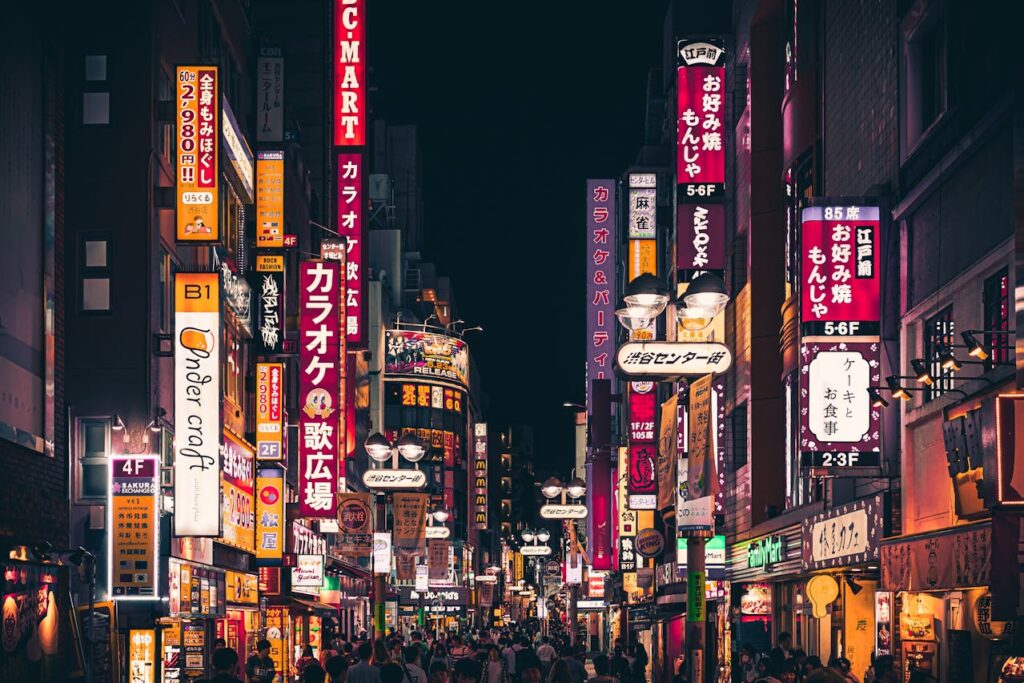These are interesting times for Japan, which is entering a period of transition. As the central bank abandons negative interest rates and yield curve control and begins to normalise its monetary policy.
This being Japan, however, nothing will happen quickly. Nonetheless, change is underway. What that change will mean for Japanese equities is not immediately clear.
After all the Nikkei 225 index has rallied by +48.00% over the last year, and has added +5.00% this week alone.
What we can say is that the index recently attained its prior high, from the early 1990s, and has now moved into uncharted territory.
A sentiment that’s probably true for the economy as a whole as well.
Nikkei performance
Is the Nikkei 225 /Japan 225 a good investment?
Well, if we were making a judgement based purely on recent performance then the answer would undoubtedly be yes.
The Nikkei 225 is up by more than +22.00% year-to-date and is comfortably the best performer among major global stock markets.
- Related guide: Best broker for trading the Nikkei
Indeed it has even outshone top-performing emerging market indices such as Turkey.
Japan is an export-led economy.
Exporters typically benefit from weaker foreign exchange rates and a large part of the Nikkei’s returns can be laid at the door of a weaker Yen.
The currency has lost -14.10% against the dollar over the last 52 weeks and -26.50% over the last 2-years.
Yen weakness wasn’t pushed as a BOJ policy, but the bank didn’t do much to support the currency, on the foreign exchanges, either.
So whether by design or default the weak yen imported inflation into a stagnating economy, by raising the cost of imports, but at the same time it made Japanese exports very attractive on the world stage.
In the immediate aftermath of the BOJ decision to raise rates, Japanese equities sold off, but that downturn proved to be short-lived.
Perhaps because it soon became apparent that the central bank wouldn’t be forcing the pace of further change.
Topix alternative
Despite their recovery over the last two years, Japanese stocks remain on relatively lowly PEs versus their peers.
True the average PE for the Nikkei 225 stocks is 23.17 times, and yes that ratio is creeping higher.
However, it is running well ahead of those stocks in the rival Topix index, which trades at a far more conservative 16.33 times.
The Topix is a much broader-based benchmark and contains 2000 members.
The Topix also trades at a considerable discount to the US Russell 2000 index, which sits at 27.49 times earnings, at the time of writing.
For comparison, in April 2009 the Nikkei traded on a forward PE of 40.90 times with the Topix at 36.20.
Nor are Japanese equities expensive in terms of their price-to-book ratio, with the Topix constiuents trading on an average of 1.50 times book value, according to data from Goldman Sachs.
Though this is the highest level for this metric over the last decade, it still compares favourably to the Russell 2000, whose fact sheet tells us that the index currently trades on a price-to-book ratio of 2.10 times
Equity Growth
Japanese equities are expected to grow earnings at between +7.0 and +8.0% this year that’s according to top-down and bottom-up estimates from Goldman Sachs.
The growth rates are lower than those seen in 2023, which averaged around 15.0%, yet they still compare favourably with estimates for the S&P 500 this year.
Citibank recently raised its Nikkei 225 target to 45000, a forecast which at the time offered an +18.0% upside.
Though with the index already at 40,900 that may prove to be conservative.

With over 35 years of finance experience, Darren is a highly respected and knowledgeable industry expert. With an extensive career covering trading, sales, analytics and research, he has a vast knowledge covering every aspect of the financial markets.
During his career, Darren has acted for and advised major hedge funds and investment banks such as GLG, Thames River, Ruby Capital and CQS, Dresdner Kleinwort and HSBC.
In addition to the financial analysis and commentary he provides as an editor at GoodMoneyGuide.com, his work has been featured in publications including Fool.co.uk.
As well as extensive experience of writing financial commentary, he previously worked as a Market Research & Client Relationships Manager at Admiral Markets UK Ltd, before providing expert insights as a market analyst at Pepperstone.
Darren is an expert in areas like currency, CFDs, equities and derivatives and has authored over 260 guides on GoodMoneyGuide.com.
He has an aptitude for explaining trading concepts in a way that newcomers can understand, such as this guide to day trading Forex at Pepperstone.com
Darren has done interviews and analysis for companies like Queso, including an interview on technical trading levels.
A well known authority in the industry, he has provided interviews on Bloomberg (UK), CNBC (UK) Reuters (UK), Tiptv (UK), BNN (Canada) and Asharq Bloomberg Arabia.
To contact Darren, please ask a question in our financial discussion forum.



